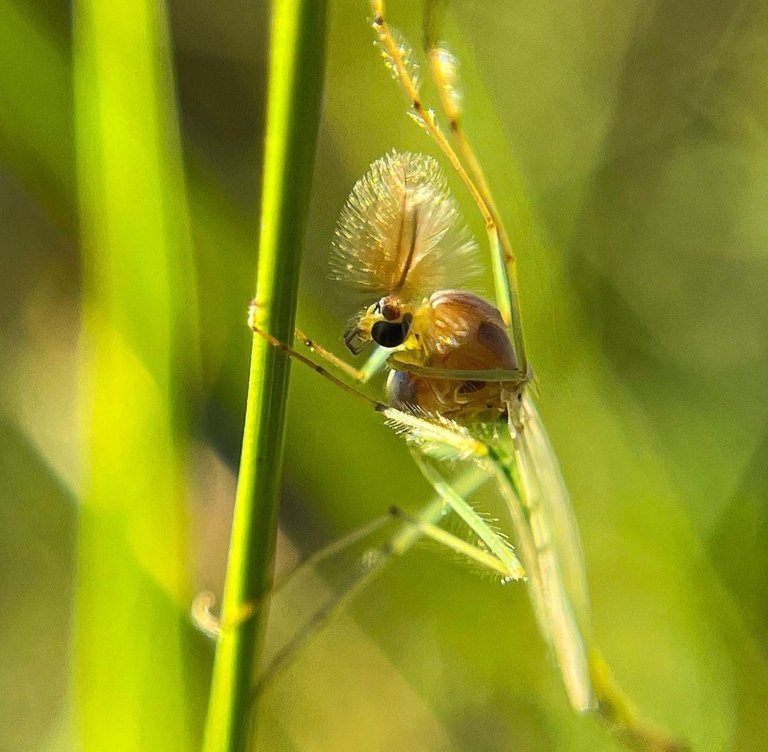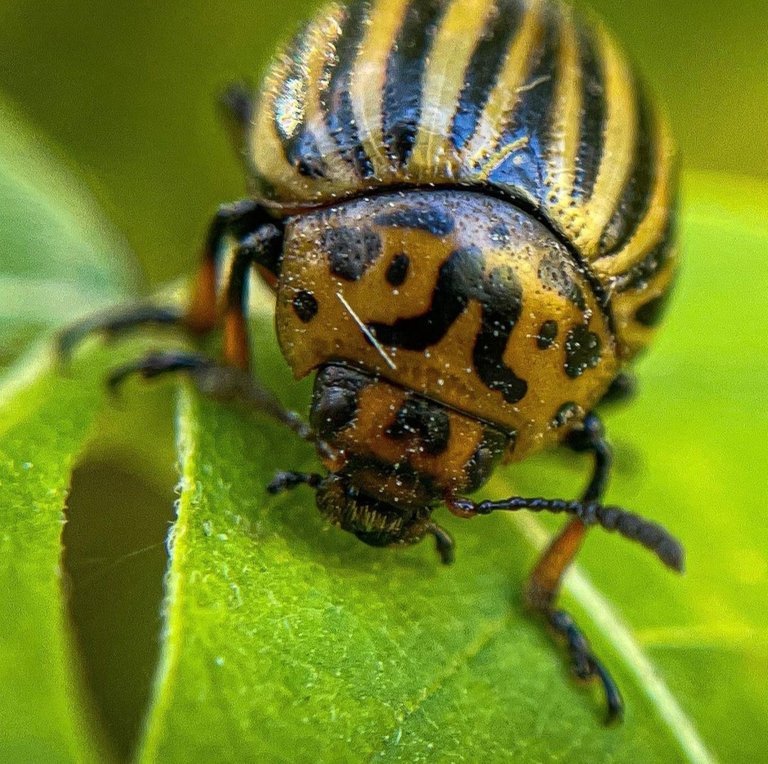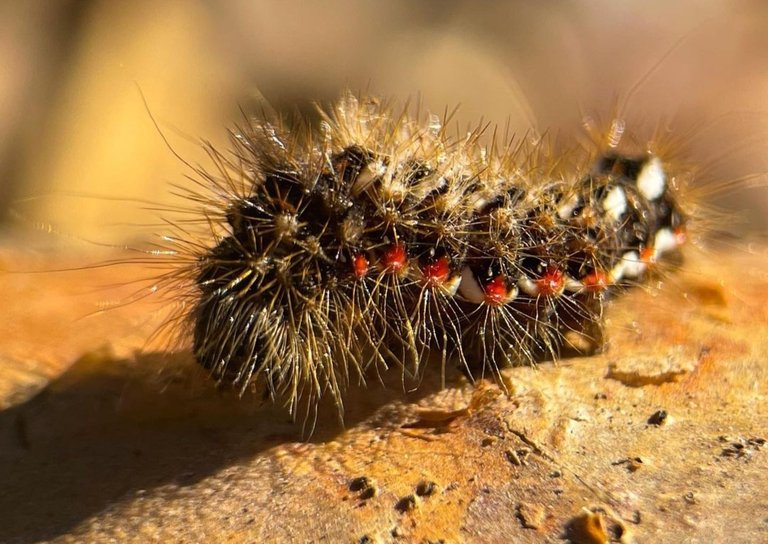
Mosquito from the family of bell mosquitoes (Chironomidae), which has 7046 species. Body length 9-12 mm.
They should not be confused with ordinary mosquitoes, in contrast to which they are not parasites and do not attack humans and animals. It got its name because of the characteristic sound, which occurs due to the high frequency of the wingspan, up to 1000 per second. Most adults do not eat because their mouthparts are underdeveloped, but there are exceptions that eat honeydew and nectar.
The life cycle begins with the breeding season. In spring and summer on the shores of reservoirs you can hear a shrill ringing, and if you look closely you can see a swarm of mosquitoes, these are male bell mosquitoes, sometimes such swarms reach several meters in width and stretch for hundreds of meters. Up to hundreds of thousands of mosquitoes can be found in one swarm. Inside the swarm, mosquitoes soar sharply, then fall down, and emit a sharp clang, which is necessary to attract females, who during the swarm sit in the vegetation and fly into the swarm for only a few seconds and fly out of it already fertilized.
Females lay eggs in the water. From the eggs come larvae, some of which are known as moths, they live in the bottom silt. The larvae feed on detritus (particles of dead organic matter) and microorganisms, some of which are predators. The larval stage is the longest period of their life and ranges from a few weeks to two years. They often play an important biological role in processing organic matter, thereby cleaning ponds. The pupa is motionless and rests inside its silt tube, from which only its gills are exposed.
When it comes time to hatch, the doll's body fills with air and quickly floats to the surface of the pond, where its covers burst and the winged insect is released.

Colorado potato beetle (Leptinotarsa decemlineata) It belongs to the family of leaf-eaters (Crysomelidae), which numbers up to 35 thousand. species. It got its name in 1859 from the field where he devastated potato fields in the US state of Colorado, but his real homeland is the Sonoran zoogeographical subregion in northeastern Mexico. From the province of Sonora, it spread north and reached the eastern slopes of the Rockies, where it adapted to eating potatoes in the 19th century. In 1876-1877 he crossed the Atlantic Ocean with cargo and first appeared in Europe near Leipzig. After that, he was imported to Europe several more times, but his hearths were safely destroyed, until in 1918, during the First World War, he managed to gain a foothold in the Bordeaux region (France). From here the beetle began to spread throughout Europe, except Britain, where it is still rare. By the end of 1940 he came to the USSR. Its first foci were discovered in the Lviv region in 1949. In 1953 he appeared in the Kaliningrad, Volyn, Brest, and Grodno regions. And in the hot days of May 1958 from Hungary and Czechoslovakia there was a mass flight of the beetle in the Transcarpathian region. From this time began the mass settlement of the beetle in the USSR. In the dry year of 1975, together with wagons loaded with straw, he arrived in the Southern Urals. Since 2000 it is found in the Primorsky Krai. Body length 8-12 mm, width 6-7 mm. Larvae 1.5-1.6 cm long with a black head and two rows of black dots on the sides of the body.
The color of the larva is dark brown at first, over time it becomes bright yellow or pink. They feed on plants of the nightshade family, such as potatoes, tomatoes, peppers, eggplants, etc.
Adults overwinter in the soil at a depth of 20-50 cm.

The caterpillar of the Arrowhead sorrel, or Sorrel scoop (Arconicta rumicis) It belongs to the scoop family, which has 11,772 species. Caterpillar up to 3.8 cm long, butterfly wingspan up to 4 cm. The caterpillar is densely covered with hairs, oblique white and red spots and stripes on the body.
The pupa is dark brown, in a dark cobweb gray cocoon. The butterfly lays piles of eggs on the leaves. In a month the caterpillar grows up to 4 cm and, attaching to the branches and trunk, weaves a cocoon, inside which it turns into a pupa. After 12-15 days, a butterfly emerges from the pupa. 2 generations develop in a year.
Butterflies fly at night from May to July, in some regions in August and September the second generation appears.
The caterpillars are voracious and feed on a variety of herbaceous plants, trees and shrubs. The main food is sorrel and milkweed. Butterfly dark gray or light gray.
Congratulations @rangerover1! You have completed the following achievement on the Hive blockchain and have been rewarded with new badge(s):
Your next target is to reach 400 upvotes.
You can view your badges on your board and compare yourself to others in the Ranking
If you no longer want to receive notifications, reply to this comment with the word
STOPCheck out the last post from @hivebuzz:
Yay! 🤗
Your content has been boosted with Ecency Points, by @rangerover1.
Use Ecency daily to boost your growth on platform!
Support Ecency
Vote for new Proposal
Delegate HP and earn more